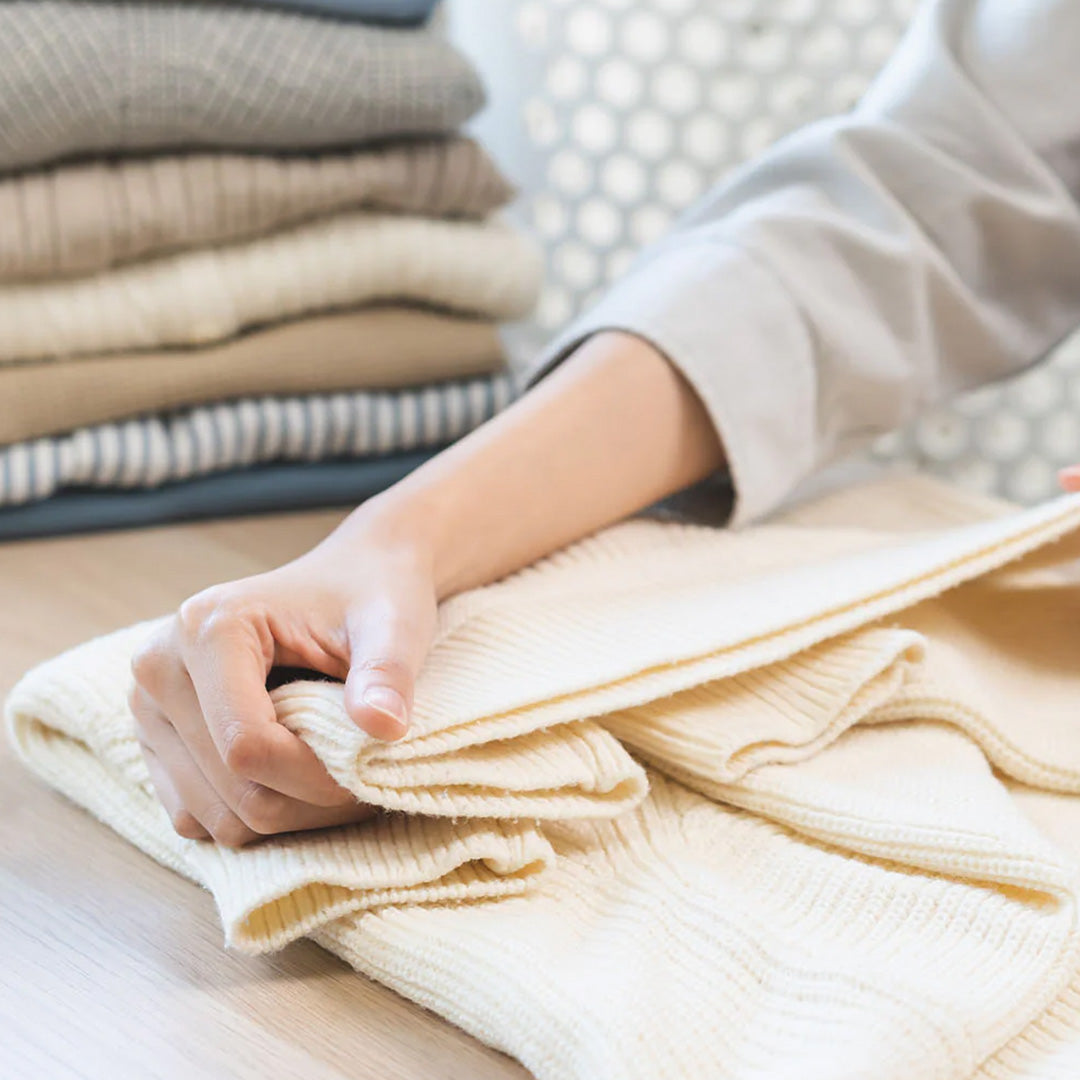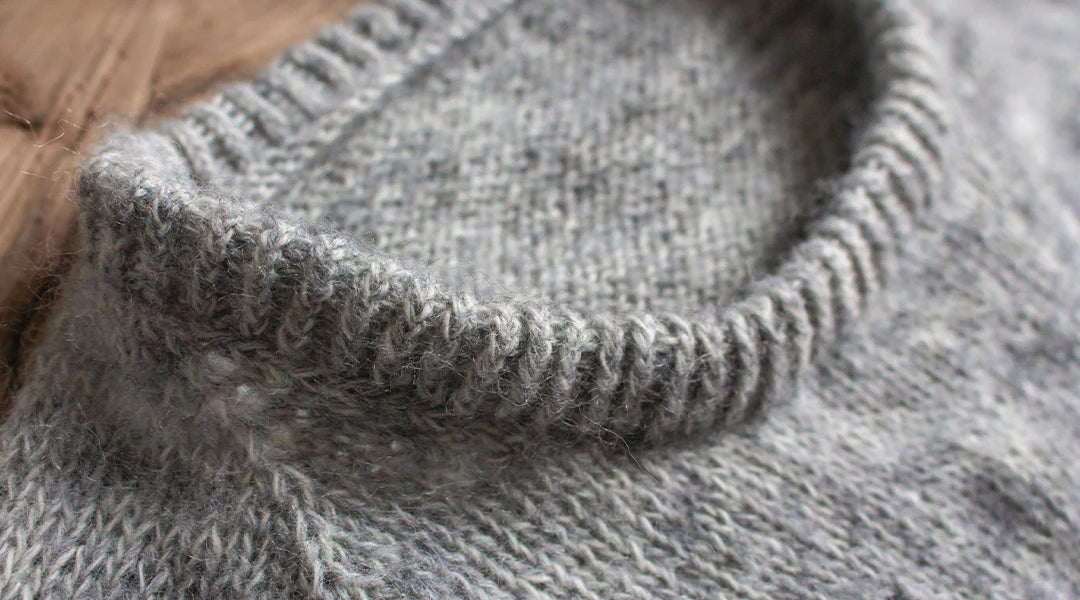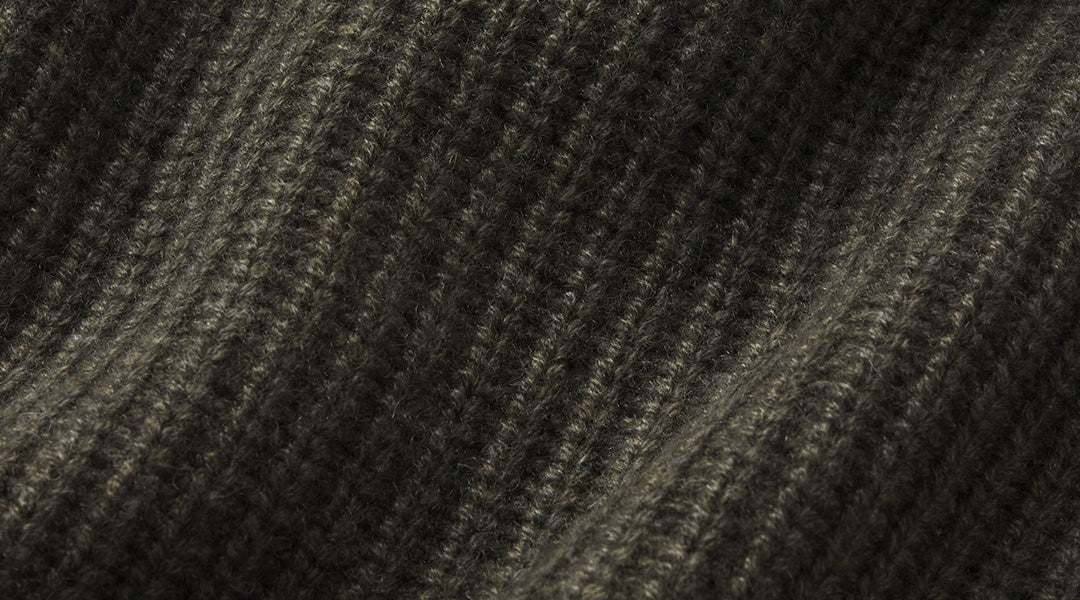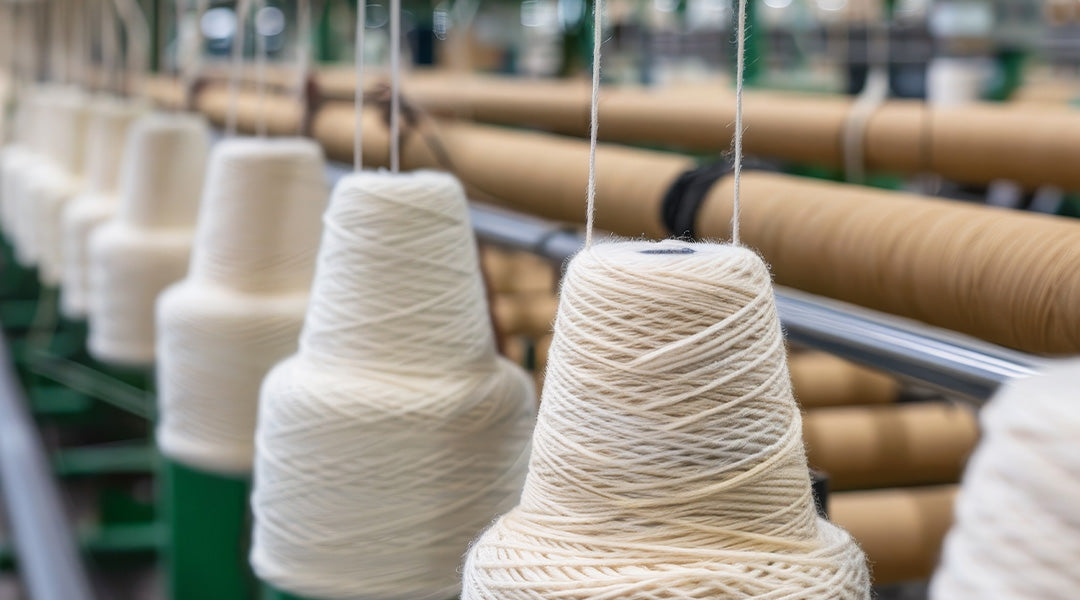Foundational pieces deserve simple, careful care. For the best results—and to preserve fit, color, and hand—we recommend dry cleaning.
Always follow your garment’s care label. If the label differs from this page, the label takes precedence.
Protecting Your Investment
Dry Clean — Default
For the safest results across all Pura garments, dry clean. It preserves fit, color, and hand, and helps prevent shrinkage, felting, and distortion—especially in knitwear and in any lined or structured styles. Thanks to cashmere’s natural oils, you’ll dry clean only when it’s truly needed; most days, a light steam and a brief air-out are enough.
How to brief your cleaner
When you drop a piece off, tell your cleaner it’s a fine knit or delicate fiber and ask them to avoid a hard press on sweaters. Request low heat, gentle solvents, and a light steam to finish. For sweaters, ask them to block the garment back to its original shape rather than pressing it flat. Point out any special details—rib trims, exposed seams, or contrast panels—so they can protect them.
When dry cleaning is the only choice
Choose dry cleaning without exceptions for heavy stains or odor, for any tailored, lined, or structured garment, for deep or mixed colors you’re unsure about, and whenever there’s a risk of dye transfer or oil-based marks.
Between visits, steam lightly and let the garment breathe; that is usually all cashmere needs day to day.

At Home Cashmere Care
If you prefer to care for cashmere at home, proceed gently and follow your garment’s label. Start by turning the sweater inside out and clearing the area of anything that could snag. Use a clean basin filled with cold water and a small amount of cashmere-safe detergent, fully dissolved before the knit goes in.
Submerge the sweater and move it slowly through the water for a couple of minutes—no scrubbing, twisting, or wringing—then let it rest briefly so the detergent can do its work. Refresh the water if it clouds heavily.
Rinse in clean, cold water until it runs clear, supporting the garment with both hands so it never drags under its own weight. To remove excess water, lay the sweater flat on a towel, roll it, and press along the roll. Repeat with a dry towel if needed; the knit should feel damp, not wet.
Transfer to a flat surface away from heat and direct sun. Align shoulder seams, smooth rib cuffs and hem, and square the side seams so the silhouette matches its original shape. Leave it to air-dry flat; turning once midway helps it dry evenly.
Finish with a light steam, hovering rather than pressing. Pilling is normal with wear—use a cashmere comb on a flat surface with light, single-direction strokes, then steam again to smooth the surface.
If something looks off as it dries, re-wet briefly in cold water, reshape with calm hands, and let it dry flat again. If detergent rings appear, mist with clean water and use gentle steam to even the finish. When in doubt, return to dry cleaning.
Storage
Fold knits rather than hanging them so shoulders and hems keep their line. After wear, let the sweater breathe on a rack for twenty to thirty minutes; a light steam will lift creases and restore the drape. Once fully dry and cool, fold it smoothly—aligning shoulder seams and ribs—and return it to a clean, dry shelf away from direct sunlight and heat.
Before storing for an extended period, have the garment dry cleaned. De-pill lightly, confirm it is completely dry, and fold it into a breathable cotton or canvas bag. Add cedar blocks or a lavender sachet and place the bag in a cool, dry space—not a damp basement or a hot attic. Avoid long-term airtight plastic; if you prefer vacuum bags, include a desiccant and open the bag periodically to let the knit air.
Clean storage is your best defense. Refresh cedar seasonally and replace any sachets when their scent fades. If you notice activity, isolate the piece, seal it, and freeze for forty-eight to seventy-two hours, then dry clean and return it to a freshly cleaned storage area.
Pilling
A Natural Part of Owning Cashmere
Pilling is a normal part of wearing soft, natural yarns. As you move through the day, a few loose surface fibers can tangle into small balls—most often under the arms, along the sides, at cuffs and elbows, or at the neckline when layered. It isn’t a flaw. With simple maintenance, the surface smooths out and the sweater continues to soften beautifully.

Why Does Cashmere Pill?
Friction is the cause. Everyday contact—arm swing, bag straps, seatbelts, rougher coats worn over knitwear—encourages short surface fibers to migrate and bind together. The softer and airier the hand, the more those fibers are free to move. Light steaming and letting the garment breathe between wears helps fibers settle back into place.

How Quality Impacts Pilling
Fiber length, fineness, and spin all matter. Longer, finer fibers tend to stay anchored in the yarn and shed less over time. Well-spun, balanced yarns with thoughtful twist resist abrasion better than loose, overly lofty spins. Construction matters too: a clean, even knit with considered tension will generally pill less than an open, highly brushed surface. Quality doesn’t mean “no pilling”; it means the sweater responds well to a quick de-pill and then wears in gracefully.

Different Sweaters Pill at Different Rates
Design and stitch determine how a piece behaves. Fine-gauge jerseys and airy, plush yarns may show early pilling sooner simply because they move more against the body and layers. Denser knits, ribs, and fisherman textures disperse friction differently and often pill more slowly, though high-contact areas can still show activity. Fit and styling play a role as well—outerwear, cross-body bags, and frequent desk work all increase localized abrasion.

New Sweaters Pill More at the Beginning
The first few wears release the shortest surface fibers—that’s the “break-in” period you may notice on a new favorite. Gently remove pills on a flat surface with a cashmere comb (light, single-direction strokes), or a careful fabric shaver, then finish with a light steam. After one or two touch-ups, pilling naturally tapers off and the sweater settles into a smooth, long-wearing finish.
Hows to Remove & Prevent Pilling
While pilling is inevitable with soft fibers, it can be easily managed with proper care. Here’s how to keep your cashmere looking flawless:
Start with a clean, dry sweater laid flat on a smooth surface. Using a cashmere comb, sweep in one direction with light, even strokes; let the tool lift the pills rather than pressing down or sawing back and forth. Work slowly around high-friction areas like underarms and cuffs, and avoid dragging over seams or edges. For stubborn spots, a gentle fabric shaver is acceptable—keep the knit flat and taut, use a low setting, and check your progress frequently. When the surface looks even, finish with a light steam to relax the fibers and restore the hand. New pieces may need one or two quick touch-ups in the first few wears; after that, pilling naturally tapers off.
Tips & Tricks


